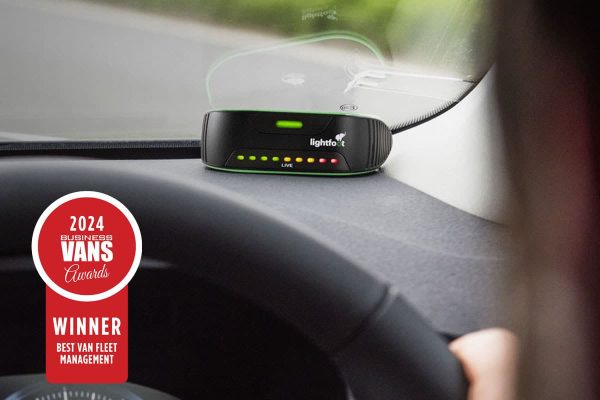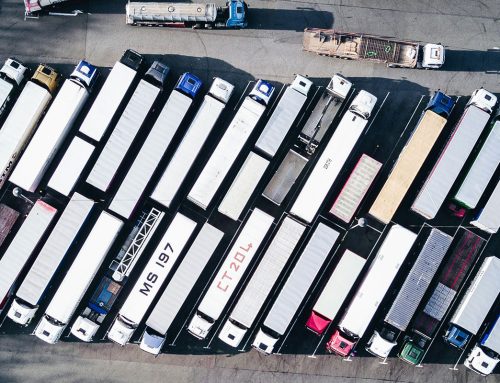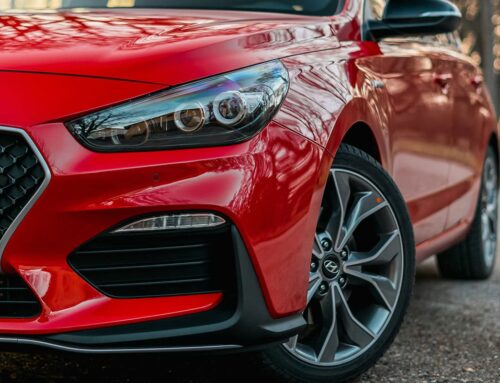On average van insurance typically costs significantly more than car insurance. On average, comprehensive van insurance costs around £1,315 per year while comprehensive car insurance is around £485 per year. So insuring a van is around 2.7 times more expensive than insuring a car.
There are several key reasons why insuring vans is pricier:
More Powerful Engines Increase Accident Risk
One of the main reasons van insurance costs more is that vans usually have larger, more powerful engines than cars. More powerful engines can accelerate faster and reach higher top speeds, which increases the risk of accidents.
For example, the Ford Transit van has a 2.0 litre diesel engine while the Ford Focus only has a 1.0 litre petrol engine. The Transit’s engine gives it more torque and power. This allows it to carry heavier loads but also increases risks to insurers.
Insurers charge more for policies on vehicles that pose greater chances of claims. More collisions mean higher repair costs and payouts. So the more powerful transit engine pushes up insurance premiums.
Higher Annual Mileage Increases Chances of Accidents
Insurance pricing also considers annual mileage – vehicles that drive more miles have greater odds of an accident happening.
On average, vans drive around 8,700 miles per year while cars only drive around 7,400 miles per year. That extra mileage exposes vans to higher chances of collisions and damage over a 12 month period.
With vans spending more time on the roads, the risk of them being involved in collisions is higher. Insurers factor in this added exposure when calculating premiums.
Commercial Policies Cost More Due to Extra Risks
An additional key reason van insurance is pricier is that over 85% of vans in the UK are used for business purposes. Business van insurance policies cost more because running a van for business carries more risks.
Vans used for trades, deliveries and transportation drive considerably more miles than personal cars. More miles mean more time on the road and added chances of accidents.
Business vans also often need extra coverage like goods-in-transit insurance to cover the loads carried. These add-ons increase risks and expenses for insurers, pushing up premium prices.
So using your van commercially exposes it to far more potential claims than just private personal use – greatly increasing insurance costs.
Higher Value of Goods Being Transported
Beyond just mileage-based risks, vans also often carry expensive cargo like tools, machinery, and other costly items. The total value of goods being transported in vans is usually far higher than personal possessions kept in cars.
If vans are broken into or stolen, the financial losses are much greater due to the high-value equipment on board. Similarly, crashes can damage thousands of pounds worth of gear stored in vans.
So the sheer quantity and value of goods getting moved raises insurers’ financial exposures. In turn, they charge higher premiums for policies to cover those enhanced risks and losses.
The Range of Van Insurance Groups Typically Exceeds Cars
In the UK all vans fall into insurance groups rated from 1 to 50 – with lower groups being cheaper to insure and higher groups costing more. Premiums become more expensive as you go up the groups.
While cars often fall into lower groups starting from 1, vans typically fall between groups 10 to 30. Thanks to factors like larger dimensions, heavier weights and increased values, vans sit in higher groups.
So when insurers assess vans as higher risk categories requiring pricier insurance, this drives up the premium costs compared to smaller, lighter cars that land in cheaper groups.
Can I Get Cheaper Van Insurance?
While market rates for van insurance are mostly fixed, some tactics can help reduce your costs:
-
Comparing Quotes – Use comparison sites to check multiple insurers to find the cheapest rate. Prices can vary widely so shopping around is vital.
-
Pay Annually – Paying for a full policy upfront reduces financing fees and monthly admin costs, saving you up to 10%.
-
Increase Excess – Opting for a higher voluntary excess reduces premiums but means you pay more of any claim yourself.
-
Limit Mileage – Capping annual mileage helps show insurers you drive less, cutting policy costs.
-
Remove Modifications – Non-standard fittings like spoilers or alloy wheels are viewed as higher risk by insurers.
-
Garage Parking – Parking your van securely helps deter thieves, reducing premiums.
While market pricing doesn’t change drastically, using the above tips could potentially save you hundreds off your annual van insurance. So it’s always worth comparing quotes and coverage options.
In summary, van insurance does cost substantially more than car insurance generally due to vans posing higher risks to insurers across many categories. But some proactive choices by drivers can lead to policy savings.
Is a van always more expensive to insure than a car?
In most cases, yes. On average, van insurance costs over 2.5 times more than car insurance. Vans pose greater risks like more accidents and higher value cargo claims, increasing premiums. However, smaller engine vans used just for personal travel may have comparable premiums to some cars.
What’s the average cost to insure a van in the UK?
In 2024 the average cost to comprehensively insure a van in the UK is £1,315 per year or £110 monthly. Premiums can range from £500 for basic third party policies up to over £2,000 for expensive vans requiring extra commercial cover.
Do insurers view vans as higher risk than cars?
Yes, insurers see vans as riskier overall compared to cars. Their increased engine power, business use, annual mileage and transported cargo value raise financial exposures for insurers. More potential claims increase premium pricing.
Is business van insurance more expensive than personal use insurance?
Commercial van insurance is noticeably pricier, with average premiums around £300 higher annually. Business policies need to cover more risks like high mileage, employee accidents and goods in transit claims. These push up business insurance costs further.
Can modifications increase van insurance costs?
Yes, modifications like alloy wheels, suspensions lifts and engine tuning are viewed as higher risk by insurers. Anything altering performance or desirability can increase theft and accident risks. Adding just alloy wheels alone can raise insurance by 5-10%, while extensive modifications can increase premiums by 20% or more in some cases. So drivers seeking the cheapest insurance should avoid MODIFICATIONS.
Do security measures like tracking devices reduce premiums?
Yes, adding advanced security can lower premiums by alerting if vans are moved or entered illegally. Features like GPS trackers, immobilisers and extensive alarm systems can indicate drivers take risk seriously so insurers may discount premiums by around 5-15% for the most robust protections.
















Leave A Comment